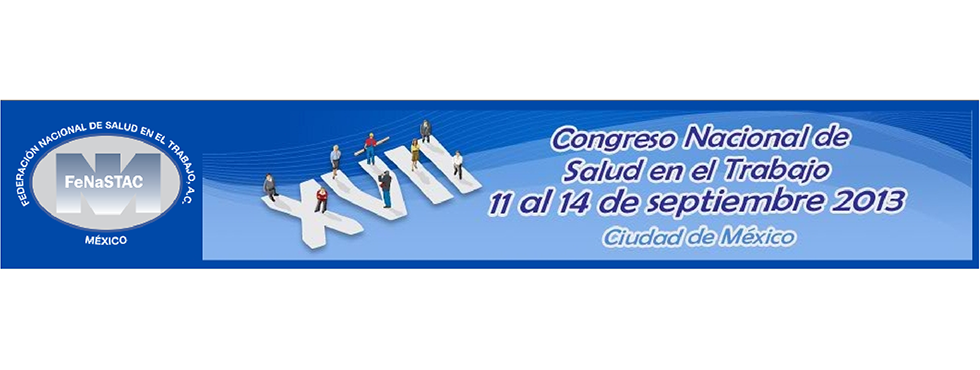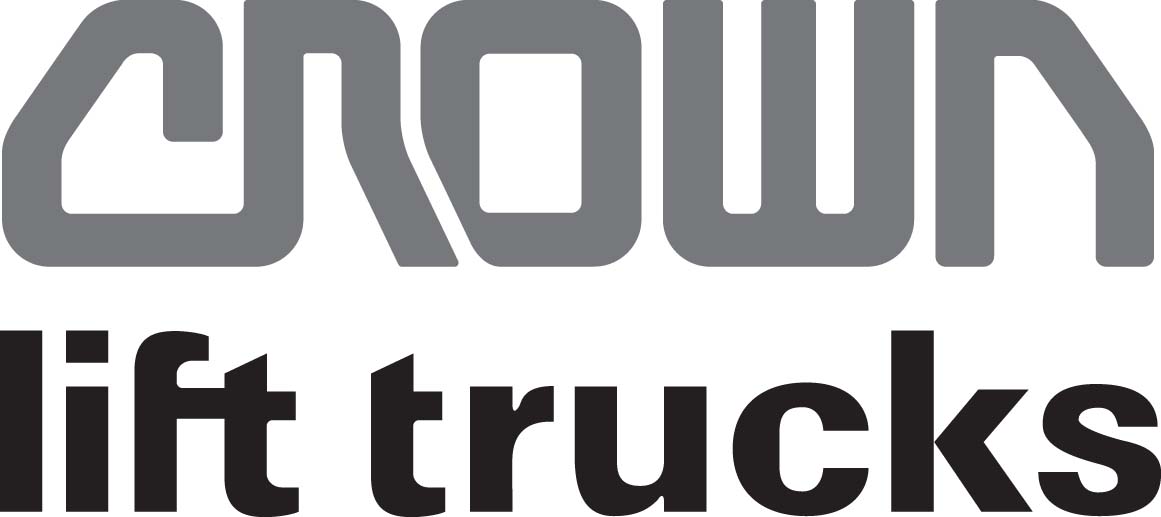

September 2013
Development and Application of a System of Classification of injuries and diseases
The monitoring of injury and illness in the workplace are a critical resource for managing and reducing injuries and illnesses. They provide essential information that can be used for:
- Identify problems in the workplace
- Develop corrective strategies
Preventing future injuries and illnesses as well . This can be accomplished with surveillance systems to record in considerable detail the characteristics of the lesions that occur in the workplace . To be most useful , such systems must be able to answer questions such as what workplaces are more dangerous , which lesions produce greater loss of time from work or even what part of the body is injured more often.
The classification system
First, establish criteria that should govern the different coding structures . The system must have a hierarchical structure to provide maximum flexibility to the different users of the data on occupational injuries and diseases . It should be, as far as possible, consistent with the International Classification of Diseases of WHO. Must address the needs of other government agencies related to health and safety . Finally , consider the various characteristics of fatal and non-fatal .
The final version of the classification system , comprising five structures coding the characteristics of the cases, a coding structure of the profession and sector coding structure . The industry is classified according to the Standard Industrial Classification Manual (OMB ) and the profession , according to the Professions Alphabetical Index Census Bureau . For its part, the Classification System Diseases Injuries and used to encode the following five characteristics of cases :
- Classification of disease or injury.
- Part of body affected .
- Episode or exposure. (Type of Contact )
- Source of injury or illness. (Agent involved )
- Secondary source of injury or illness. ( Event Class )
In addition to the corresponding numeric codes that represent conditions or circumstances , each coding structure includes support for the identification and selection of the correct code. These grants are : definitions, selection rules , descriptive paragraphs , alphabetical listings and edit criteria for each of the structures
Codes Classification of injury or illness
The coding structure entitled nature of the injury or illness describes the basic physical characteristics . It serves as the basis for other classifications of the case. Once it has identified the nature of the injury or disease , the remaining four classifications described circumstances associated with it. The classification structure of the nature of the injury or illness contains :
- Injuries and trauma disorders .
- Diseases and systemic disorders .
- Infectious and parasitic diseases .
- Neoplasms , tumors and cancer.
- Symptoms and ill-defined .
- Other conditions or disorders.
- Diseases , conditions or multiple disorders .
There are a number of situations that require careful consideration when establishing selection rules in this division code . The review of fatal cases reveals difficulties in coding certain types of accidents. For example , often fatal fractures directly or indirectly caused fatal injuries to vital organs such as the brain or spine . To register mortal damage caused by this type of injury , it had to introduce some categories and specific coding instructions .
Part of body affected
Classification structure entitled The affected body part specifies the part of the body directly affected by the injury or illness. When the code is related to the classification of the injury or illness , you get a complete picture of the damage : toe amputation , lung , broken jaw . This system comprises :
- Head .
- Neck , including throat.
- Trunk .
- Upper extremities.
- Lower extremities.
- Organic systems .
- Multiple body parts.
- Other body parts .
When analyzing the possible alternatives to realize this simple theoretical part of the classification system , three issues were raised . The first was whether to encoded the outside ( arm, trunk , leg) affected by the injury or illness or the inside (heart, lungs , brain).
Episode or exposure ( Contact type )
The classification system described exhibition titled episode or how they are produced or caused the illness or injury. To identify the main form of injury or exposure to a substance or dangerous situation, will provide the following eight divisions:
- Contact with objects and equipment.
- Falls .
- Reactions and physical strain .
- Exposure to harmful substances or environments .
- Traffic accidents .
- Fires and explosions.
- Assaults and violent acts .
- Other events and exhibitions.
Incidents causing injuries often consist of several episodes . As an example , can be seen what happens in a car accident , a car hit the fence, crossed the median and hits a truck. The driver suffered multiple injuries when struck against the inside of the car and cut with crystals . If you encode the microepisodios - for example , hit the windshield or cut with a crystal - ejected could overlook the more general fact that the person has suffered a car accident .
In such cases of multiple episodes , there is a series of events that must be considered primary and take priority over microepisodios associated with them. These primary events are:
- Assaults and violent acts .
- Traffic accidents .
- Fire .
- Explosions .
Source of injury or illness (Agent involved )
The classification system called source of injury or illness identifies the object , substance, bodily motion , or exposure that occurs or directly cause injury or illness. If a worker is cut to the head after being hit by a brick that has been dropped , the brick is the source of the injury. There is a direct relationship between the source and the classification of the injury or illness . If a worker slips on a patch of oil onto the ground , breaking an elbow fracture is produced by the hit the ground , so that the soil is the source of the injury. This coding system has ten divisions:
- Chemicals and chemical products .
- Containers .
- Furniture and accessories.
- Machinery .
- Components and materials.
- People , plants, animals and minerals.
- Structures and surfaces.
- Tools , instruments and equipment.
- Vehicles .
- Other sources .
Secondary source of injury or illness ( Event Class )
The BLS (U.S. Bureau of Labor Statistics) and other data users agree that the classification system of the source of injury or illness indicates the object that causes the injury or illness , but sometimes does not reflect upon important contributions to episode . In the previous system , for example , if a worker was struck with a piece of wood that came stuck fired from a saw , wood was the source of the injury, but did not indicate that the saw was electric . If a worker suffered burns during a fire , the flame was the source of the injury, but did not indicate the cause of the fire .
To avoid this potential loss of information, the BLS established a secondary source of injury or illness that " identifies the object , substance or person that generated the source of injury or illness or contributed to the incident or exposure ."
The specific rules for the selection of this code emphasize identifying machines , tools, equipment or other power generating substances (such as flammable liquids ) that are not identified in the main source. In the first of the above examples, the electric saw would be the secondary source , since it threw the piece of wood . In the last example , the secondary source would be triggered ignition substance (oil , gasoline, etc. . ) .
Source: ILO Encyclopaedia of Occupational Health & Safety
Para mas información o ver nuestra opción para un mejor control y clasificacion de las enfermedades en el centro de trabajo, por favor visita nuestra pagina: sistemasheuristicos.com
Twittear Seguir a @heuristicos
Events
 |
48 International Congress of Human Resources AMEDIRH from 11 to 12 September |
 |
XVII National Congress of Occupational Health of the FeNAsTAC from 11 to 14 September |
Welcome
We welcome our new customers to our CROWN Forklifts

New promotional
This is the new promotional video for the best tool for monitoring EHS - SISSEI
Social Network
Follow us on our Facebook and Twitter accounts, in which we are at your disposal to make known the achievement & Event, as well as relevant information about Safety and Occupational Health.
Av. Universidad #1080-7 Col. Universidad CP 25260 Saltillo, Coahuila, México Tel. +52 (844) 439.39.30 +52 (844) 439.3931
info@sistemasheuristicos.com
